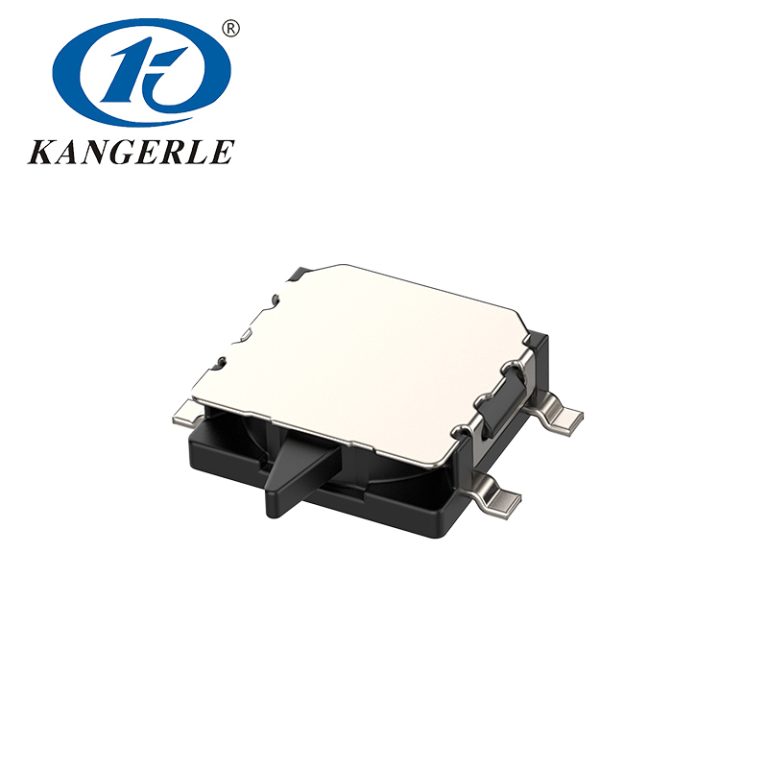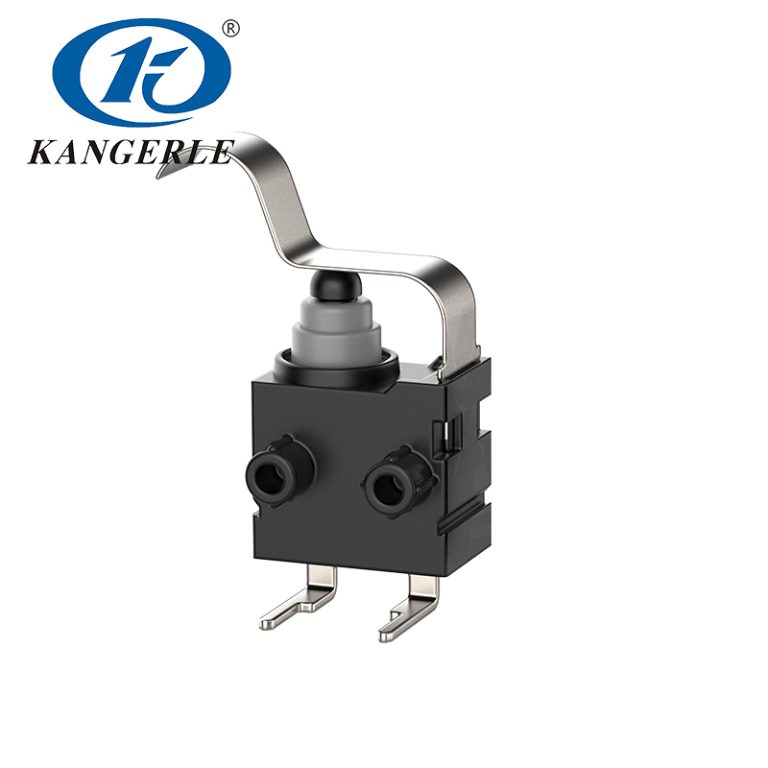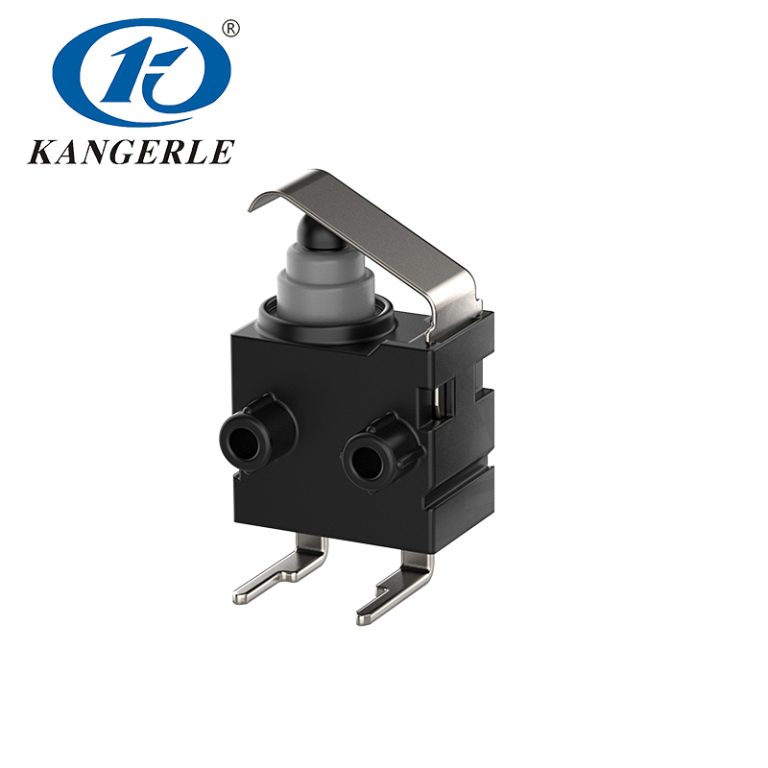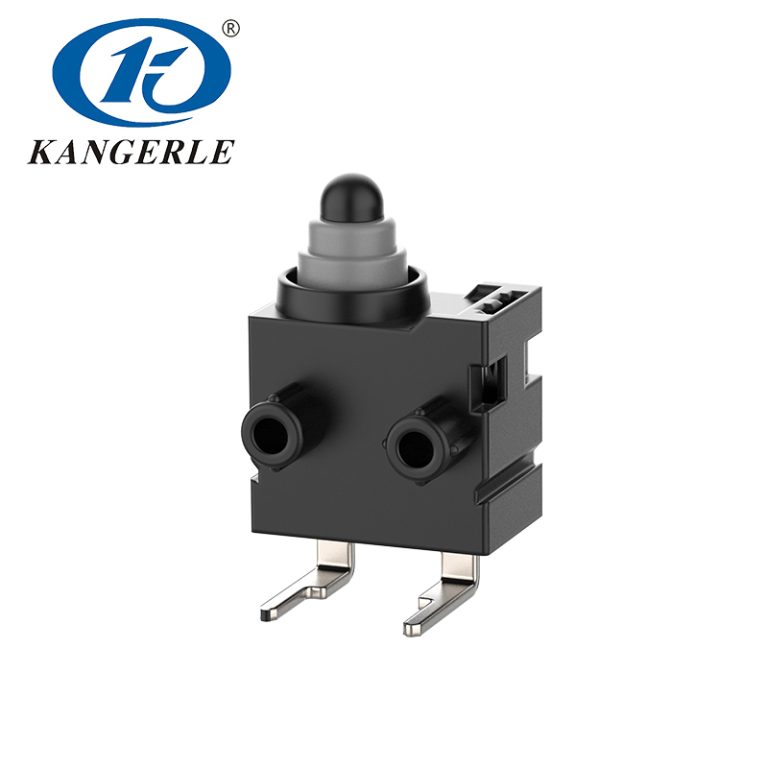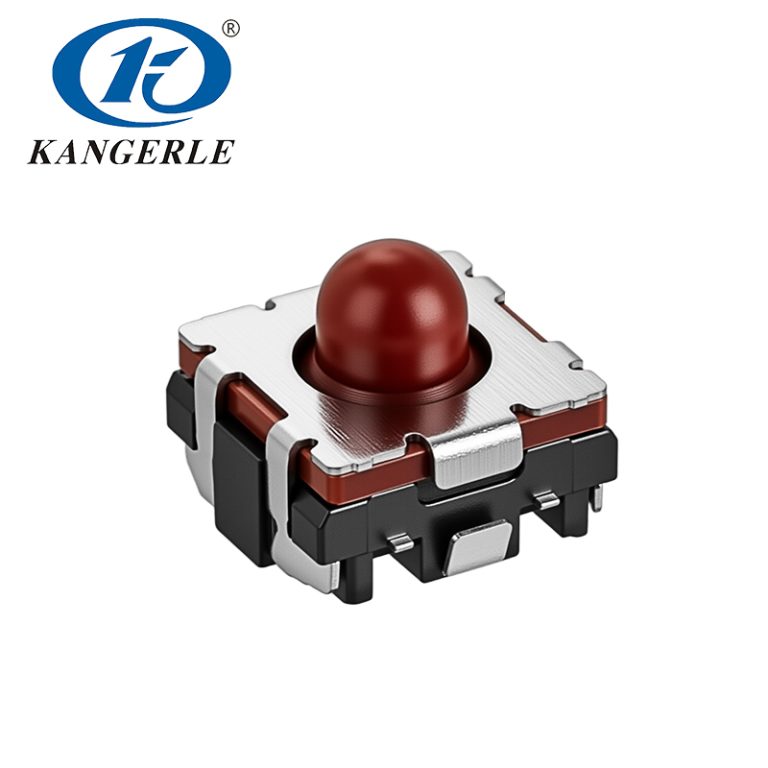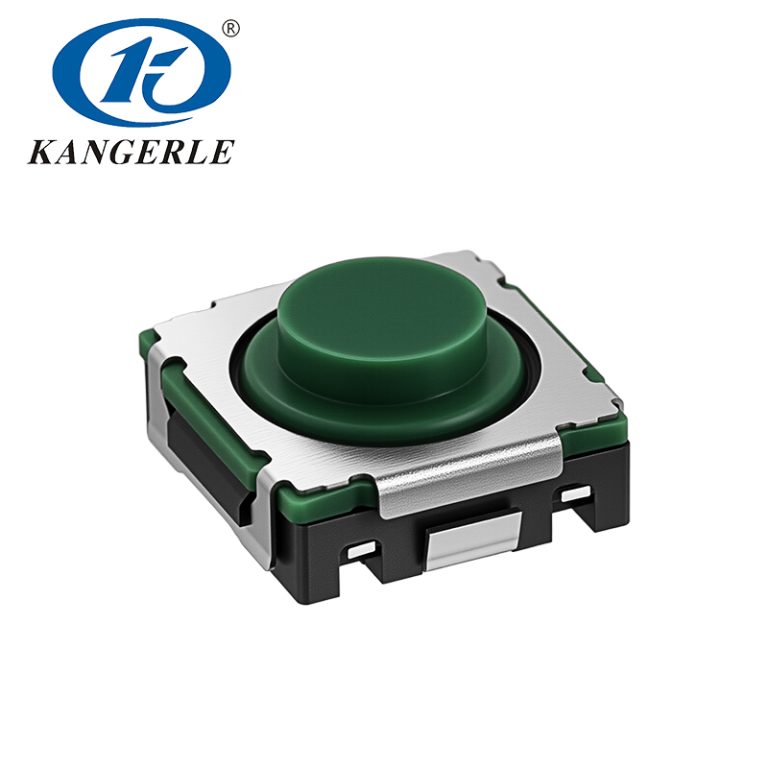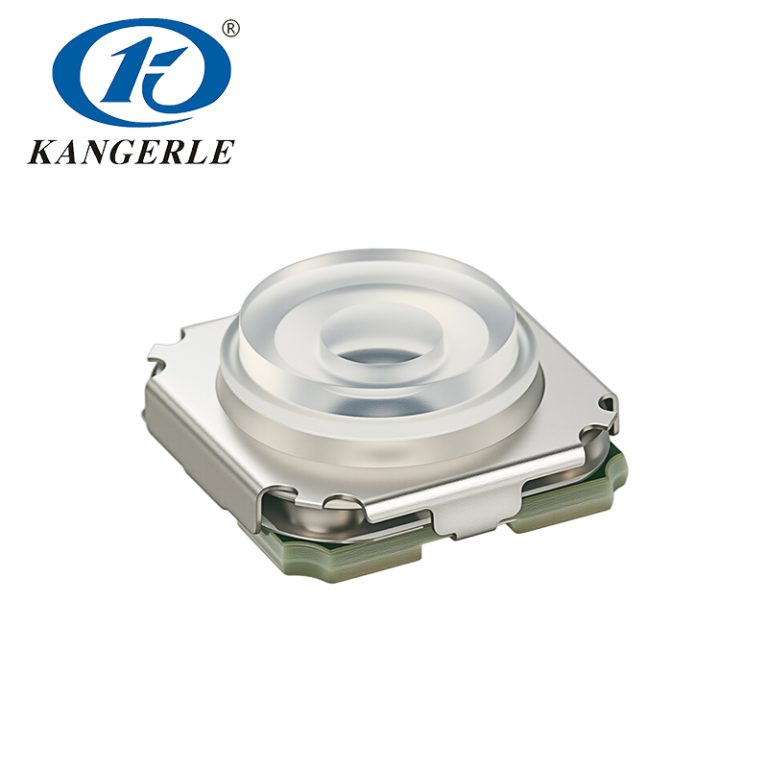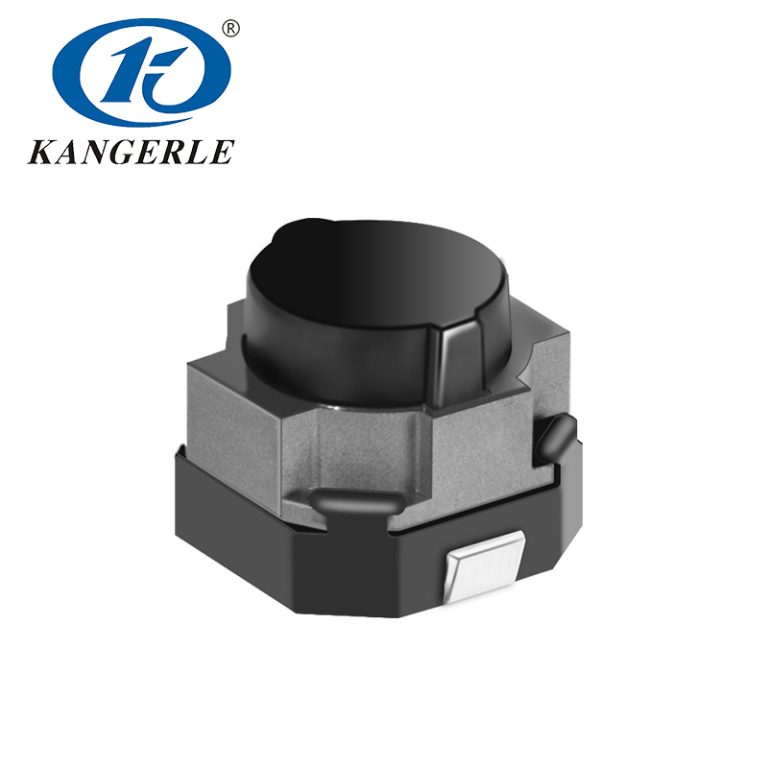Printers are vital tools in homes, offices, and factories. Their smooth operation depends on strong, reliable parts. One key part is the tact switch. It controls things like turning the printer on, picking print modes, or feeding paper.
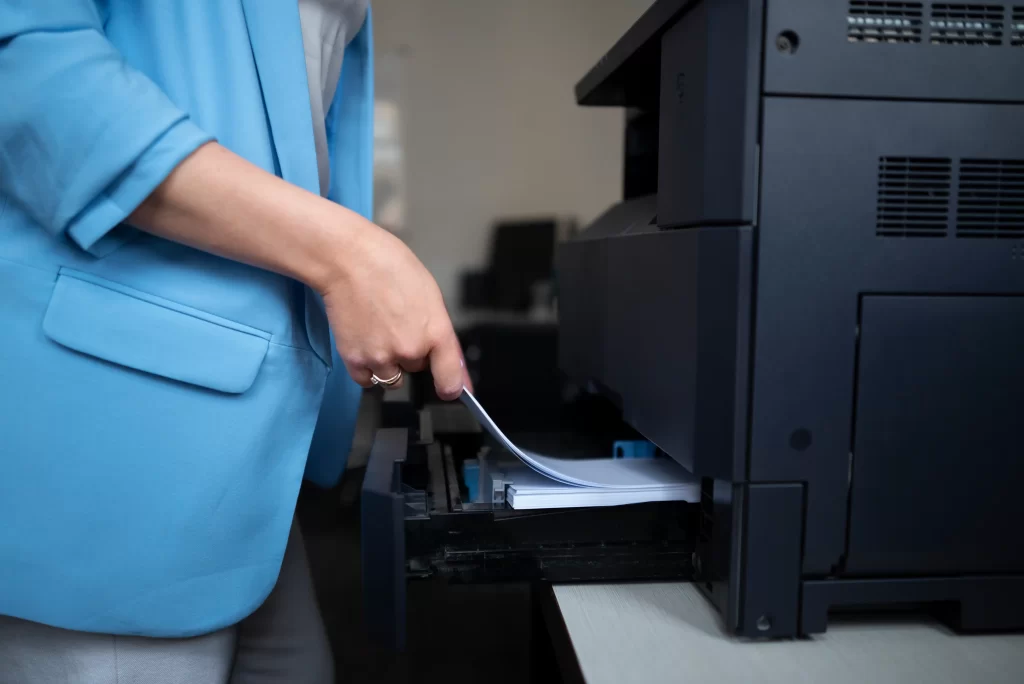
Choosing the best micro switch for printer tact switch means looking at materials, how long it lasts, waterproof ratings, and technical details. This guide helps you pick the right switch by comparing materials and lifespans. It also shows why KANGERLE’s switches, like the KEL-D003, stand out with great waterproofing and long-lasting performance.
Why Tact Switches Are Important for Printers
Tact switches are tiny parts that click when pressed. They give clear feedback to users. In printers, they handle tasks like starting the machine or choosing settings.
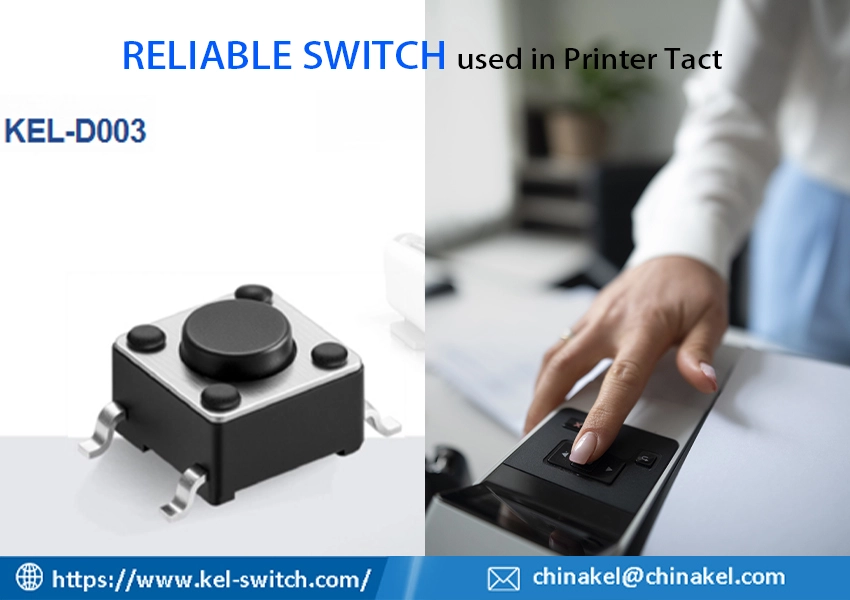
A good micro switch for printer tact switch ensures the printer works well, avoids breakdowns, and feels nice to use. Picking a poor switch can cause early failures or unsafe operation.
Here’s what to think about when choosing a tact switch:
- Material Strength: Affects how tough and weather-resistant the switch is.
- Lifespan: Shows how many presses the switch can handle.
- Waterproof Rating: Keeps the switch working in dusty or wet places.
- Pressing Force: Makes the switch easy or hard to press.
- Temperature Range: Ensures the switch works in hot or cold places.
Comparing Materials in Tact Switches
The stuff a tact switch is made of changes how well it works and how long it lasts. Let’s look at common materials and how they fit printers.
Plastic vs. Metal Tact Switches
Plastic Switches:
- Good Points: Light, cheap, and great for simple tasks. They’re common in home printers where cost matters.
- Bad Points: Wear out faster in tough conditions. They can break or bend over time.
- Best for: Affordable printers used now and then.
Metal Switches:
- Good Points: Super strong and great for heavy use. Often made of steel or brass, they last a long time.
- Bad Points: Cost more than plastic ones.
- Best for: Heavy-duty or fancy printers needing tough parts.
KANGERLE’s KEL-D003 tact switch mixes strong plastic and metal parts. It’s affordable yet tough, perfect for mid-level or high-end printers.
Waterproofing Materials
Printers often face dust, wet air, or spills. A good micro switch for printer tact switch needs protection. Waterproof seals, like rubber or epoxy, keep switches safe.
- Rubber Seals: Flexible and great at blocking water and dust. Some switches, like KANGERLE’s, are IP67-rated, meaning they handle short dips in water.
- Epoxy Resin: Hard and strong, it guards against tough conditions. Great for factory printers.
- No Seals: Cheap but risky in dusty or wet places.
The KEL-D003 from KANGERLE has an IP67 rating. It stays reliable in busy offices or damp factories.
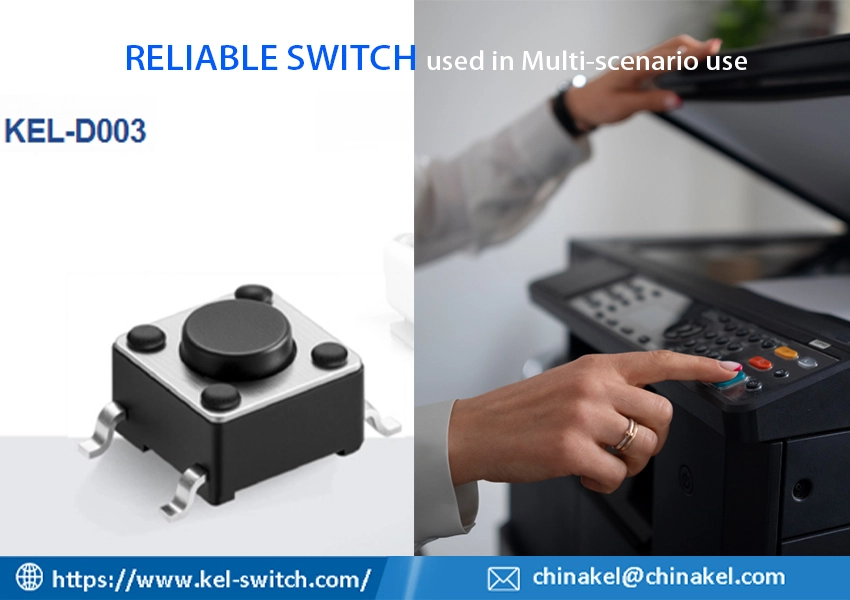
| Material Type | Strength | Waterproofing | Cost | Best Use |
| Plastic | Okay | Low or None | Low | Home Printers |
| Metal | Strong | Medium to High | High | Factory Printers |
| Rubber-Sealed | Strong | High (e.g., IP67) | Medium | Office/Factory Printers |
| Epoxy-Coated | Very Strong | High (e.g., IP67) | High | Tough Conditions |
Checking Tact Switch Lifespan
A micro switch for printer tact switch lasts based on how many presses it can take. This is called its electrical life. Each press and release is one cycle. Printers used a lot need switches that last long to avoid repairs.
What Affects Lifespan
- Contact Material: Gold or silver contacts work better and last longer than cheap metals. Gold fights rust, so switches stay good longer.
- Pressing Force: A medium force, like 160–250gf, reduces wear. It feels nice to press too.
- Build Quality: Well-made switches, like KANGERLE’s, work reliably for many presses.
The KEL-D003 tact switch from KANGERLE lasts for at least 100,000 cycles. It’s great for printers used a lot. Its 160/250gf pressing force feels good and keeps the switch strong.
Lifespan Across Switch Types
| Switch Type | Typical Lifespan | Best Use |
| Cheap Tact Switch | 50,000–100,000 Cycles | Lightly Used Printers |
| Mid-Level Tact Switch | 100,000–500,000 Cycles | Office Printers |
| High-Quality Tact Switch (e.g., KEL-D003) | ≥100,000 Cycles | Heavy-Use Printers |
For printers used daily in offices or factories, the KEL-D003 with its 100,000-cycle minimum saves money by lasting longer.
Important Specs to Know
When picking a micro switch for printer tact switch, check its technical details. These ensure it fits your printer and works well. Here are the key specs for KANGERLE’s KEL-D003:
- Rated Load: DC12V 50mA– Works for low-power printer circuits. It runs smoothly without overloading.
- Circuit: SPST-NO (Single Pole Single Throw, Normally Open)– Perfect for simple on/off tasks like power or mode buttons.
- Electrical Life: ≥100,000 Cycles– Stays reliable for frequent use.
- Pressing Force: 160/250gf– Feels good to press and lasts long.
- Temperature Range: -10°C to 60°C– Works in cold offices or warm factories.
These features make the KEL-D003 great for many printers, from small home models to big industrial ones.
Protecting Against Dust and Water
Printers often work in dusty or wet places. A micro switch for printer tact switch with a high waterproof rating stays reliable. For example, the KEL-D003 has an IP67 rating. It’s dust-proof and can handle being underwater for a short time. This makes it perfect for tough spots like busy offices or damp warehouses.
Picking the Right Waterproof Rating
- IP65: Blocks dust and handles water splashes. Good for office printers with some spill risks.
- IP67: Dust-proof and survives short dips in water. Great for factory printers in tough spots.
- No Rating: Only okay for clean, dry places.
KANGERLE’s KEL-D003 with IP67 protection keeps your printer running, even in hard conditions.
About KANGERLE: A Top Micro Switch Maker
Started in the 1990s in Wenzhou, China, Zhejiang Kangerle Electronics Co., Ltd. makes top-notch electronic parts. They focus on micro switches, tact switches, and detector switches. With over 20 years in the game, KANGERLE is known for quality and precision. They serve industries like appliances, cars, and electronics. Over 20 engineers and 50 technicians create smart designs and reliable products. Their KEL-D003 switch is certified with CB, CE, CQC, TUV, UL, and RoHS. KANGERLE follows strict ISO9001:2015 and IATF:16949 standards. With agents worldwide, they’re a go-to choice for printer makers needing strong micro switches for printer tact switches.
FAQs: Common Questions About Micro Switches for Printer Tact Switches
Q1: What does a micro switch for printer tact switch do?
A: A micro switch for printer tact switch is a small part that clicks when pressed. It controls printer tasks like turning it on or picking settings. It gives clear feedback so users know it worked.
Q2: Why does waterproofing matter for printer switches?
A: Waterproofing, like an IP67 rating, protects a micro switch for printer tact switch from dust and water. This keeps it working in dusty offices or wet factories, avoiding breakdowns.
Q3: How long does a tact switch last in a printer?
A: A micro switch for printer tact switch lasts 50,000 to over 100,000 presses, depending on quality. High-end switches work longer, great for busy printers.
Q4: What makes a tact switch feel good to press?
A: The pressing force, like 160–250gf, makes a micro switch for printer tact switch easy to use. It feels right, not too hard or soft, and lasts longer.
Q5: Can tact switches handle hot or cold places?
A: Yes, a good micro switch for printer tact switch works from -10°C to 60°C. This fits cold offices or warm factories without issues.
Take Action: Boost Your Printer’s Performance
Picking the right micro switch for printer tact switch keeps your printer reliable and easy to use. Focus on strong materials, long lifespan, and good waterproofing. The KANGERLE KEL-D003, with its IP67 rating, 100,000-cycle lifespan, and 160/250gf pressing force, is perfect for tough settings. Want to learn more or try a switch? Visit Kangerle. Ask for datasheets or free samples. Choose wisely to make your printer better and stronger!

